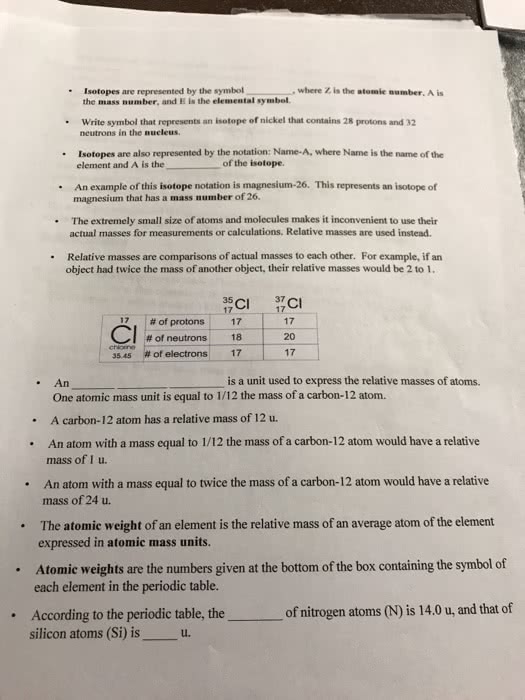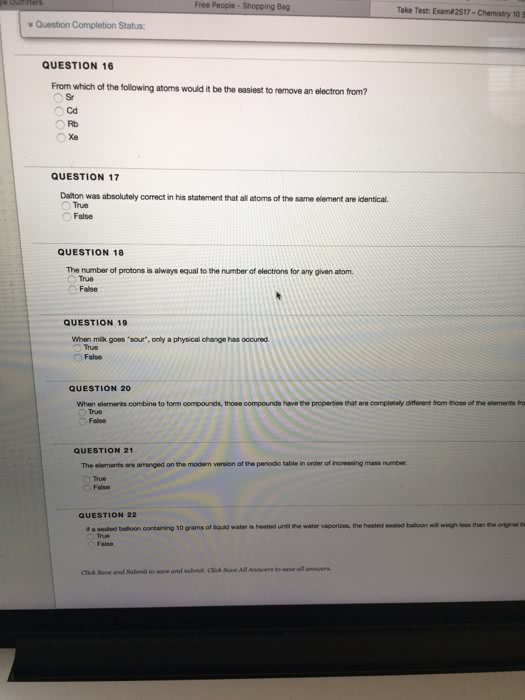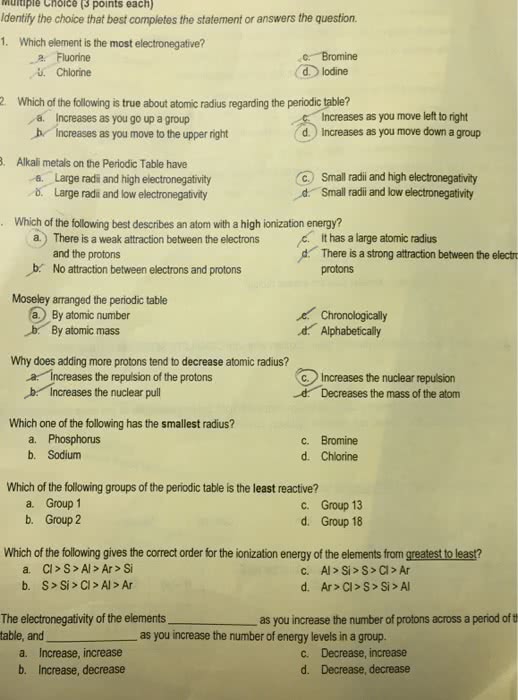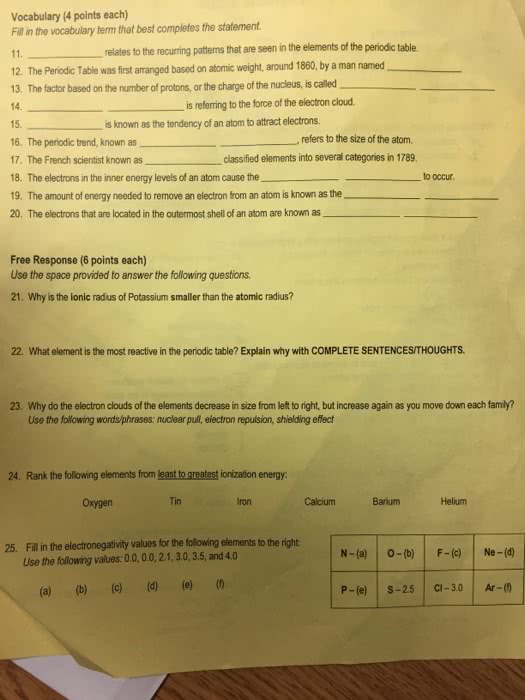CHEM 210 Lecture Notes - Lecture 1: Nonmetal, Chemical Element
Document Summary
An the most basic unit of a substance. In 1864, john newlands noticed that when the atoms were arranged by . Relative mass , units (it is approximately equivalent to the number of protons and neutrons in the atom), each element was similar to the element eight places forward known as octaves. Mendeleev (shown right) grouped 66 elements according to their properties. He also arranged them in order of their relative mass. he also predicted properties for elements not yet discovered, and left room for them on his periodic table. The modern periodic table is arranged in groups based on the properties of the elements. High densities and melting points compared to alkali metals. All metals except mercury are solid at room temperature. (br) is a liquid, and five are solid at room temperature. Seven elements along the zigzag boundary between metals and nonmetals. Called semiconductors because they can be modified to function as conductors.






